
What is it?
Live facial recognition (LFR), also known as automatic facial recognition, identifies people in a video in real time, using a set of photographs as a reference. When used in public, cameras scan a crowd and the software highlights any matches between members of the public and the people in their database.
How does it work?
The live video feed is scanned for faces. Each face that is found is then mapped by the software, taking measurements of facial features, such as the distance between the eyes and the length of the jawline, to create a unique set of biometric data. This dataset is then compared to a database of people to be identified. For the police, this database contains people with outstanding warrants. If the system judges the face to be sufficiently similar to someone in its database, this match is highlighted.
Who is using it?
In the UK, the London Metropolitan Police (the Met), the South Wales Police and Leicestershire Police have all trialled the technology in public since 2015. The system was tested at Download Festival in 2015, the Champions League final and Notting Hill Carnival in 2017, among other events, with the Met’s final test taking place on 14 February 2019. In these cases, the database consists of photos of people wanted by the police or courts. If the system makes a match, it presents the police with both images, so they can decide whether to stop and speak to the person. Unmatched faces are deleted straight away, and matched images are deleted after 30 days.
この記事は Very Interesting の May/June 2020 版に掲載されています。
7 日間の Magzter GOLD 無料トライアルを開始して、何千もの厳選されたプレミアム ストーリー、9,000 以上の雑誌や新聞にアクセスしてください。
すでに購読者です ? サインイン
この記事は Very Interesting の May/June 2020 版に掲載されています。
7 日間の Magzter GOLD 無料トライアルを開始して、何千もの厳選されたプレミアム ストーリー、9,000 以上の雑誌や新聞にアクセスしてください。
すでに購読者です? サインイン
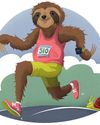
TAKE IT SLOW
Slow running is a fitness trend with some hard and fast science behind it
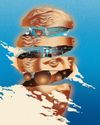
Physics, AI and music share a common thread. You just have to know where to look
Studying science can lead you in many directions and open doors to unexpected possibilities along the way
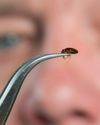
BED BUGS VS THE WORLD
When bloodthirsty bed bugs made headlines for infesting Paris Fashion Week in 2023, it shone a spotlight on a problem that's been making experts itch for decades: the arms race going on between bed bugs and humans
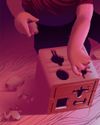
Kids are the key to understanding obesity. But we need more of their genes...
We can unravel the role that bodyweight plays in disease, but we need a bigger, more diverse, sample of genetic material to do so

COVID inquiry: What did we learn and what can we do better in future pandemics?
Masks, social distancing, lockdowns... how effective was the UK's response to the COVID-19 pandemic?
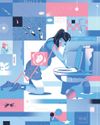
One hormone could be the key that unlocks a cure for morning sickness
The nausea and vomiting that, in extreme cases, can endanger mothers and babies might soon be just a memory

THE WORLD'S WEIRDEST CREATURES
Under the sea and upon the land, some animals look - to us - pretty strange...
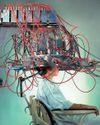
WHEN MIND AND MACHINE COLLIDE
First, Elon Musk wanted to make electric cars ubiquitous, then he wanted to make space exploration a private enterprise. Now, with Neuralink, his newest venture, Musk hopes to merge humans and artificial intelligence. Turns out, it might not be such a crazy idea...

COME OUT OF YOUR SHELL
Social anxiety is more than just being shy. It's a phobia born out of our evolutionary past. But that raises a puzzling question: why do so many of us fear human interaction when we're supposed to be the most sociable species on the planet?

SPACE ODDITIES
Take a tour of the weirdest spots in the universe, where the 'normal' rules don't apply. Places that squeeze time, blow bubbles and even rain glass... sideways